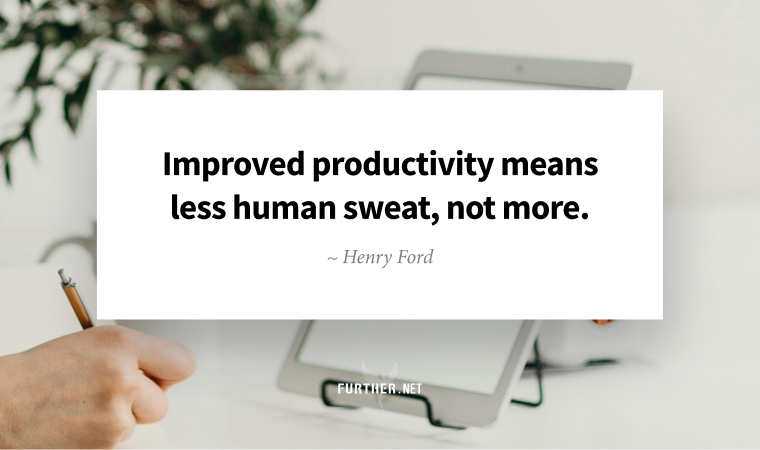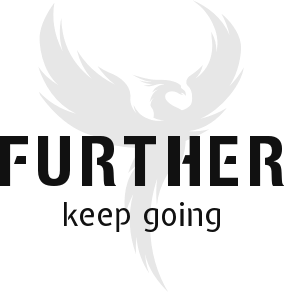
It shouldn’t surprise you that, much like retirement, the 40-hour workweek is an outdated construct. So, while there’s yet another governmental push to rethink that, do we really have to wait to see how that goes?
After all, rigid expectations around work hours and productivity isn’t just legislatively dictated — we can do a number on ourselves without outside intervention. As Robert Frost once astutely noted:
By working faithfully eight hours a day you may eventually get to be boss and work twelve hours a day.
I can tell you from experience that solopreneurs are the worst that way. My boss puts me through the wringer with productivity hacks like time boxing, and she still constantly tells me I don’t get enough done.
There has to be a more painless way to get more done in less time. Enter productivity expert and author of Four Thousand Weeks: Time Management for Mortals Oliver Burkeman and his 333 Technique.
Gimme Three Steps
Burkeman, much like the rest of us fallible humans, reports only having mild success with most daily productivity methods, so he created the 333 Technique by blending the best from several approaches:
- Spend three hours working on your most important project.
- Complete three shorter tasks (i.e., calls, meetings, urgent to-dos).
- Perform three maintenance activities, which are things that keep your life running smoothly (i.e., exercising, journaling, replying to emails).
Clearly, this isn’t a comprehensive list of everything you aim to complete in a day. But that’s precisely Burkeman’s point:
It’s just an effort to pick a handful of things that matter and to try to ensure that no matter how else today pans out, those things get done.
From the vantage point of “vanaprastha” — the third stage of life that’s all about focusing on meaningful work — this sounds like a perfect productivity process.
Good Things Come in Threes
If you’re concerned that three or four hours of focused work daily isn’t enough, consider the fact that some of the world’s greatest thinkers, including Charles Darwin, Virginia Woolf, and Thomas Jefferson, and many more, subscribed to some version of the four-hour workday. And anthropologists have found that even hunter-gatherers only needed a handful of hours daily to keep everyone fed.
In a contemporary context, Burkeman’s focus on the intersection of biological boundaries and the busyness of modern life lets you escape the perfectionist hamster wheel while still ensuring steady progress.
The truly valuable skill here isn’t the capacity to push yourself harder, but to stop and recuperate despite the discomfort of knowing that work remains unfinished, emails unanswered, other people’s demands unfulfilled.
If you can accept those last three things, you’ll lead a more contented life. And that should top the list of what you’re working so hard for.
The three-or-four-hours rule for getting creative work done (Oliver Burkeman)
The 333 Technique by Oliver Burkeman on Sam Harris’ Waking Up app (here’s a free month of the app)
